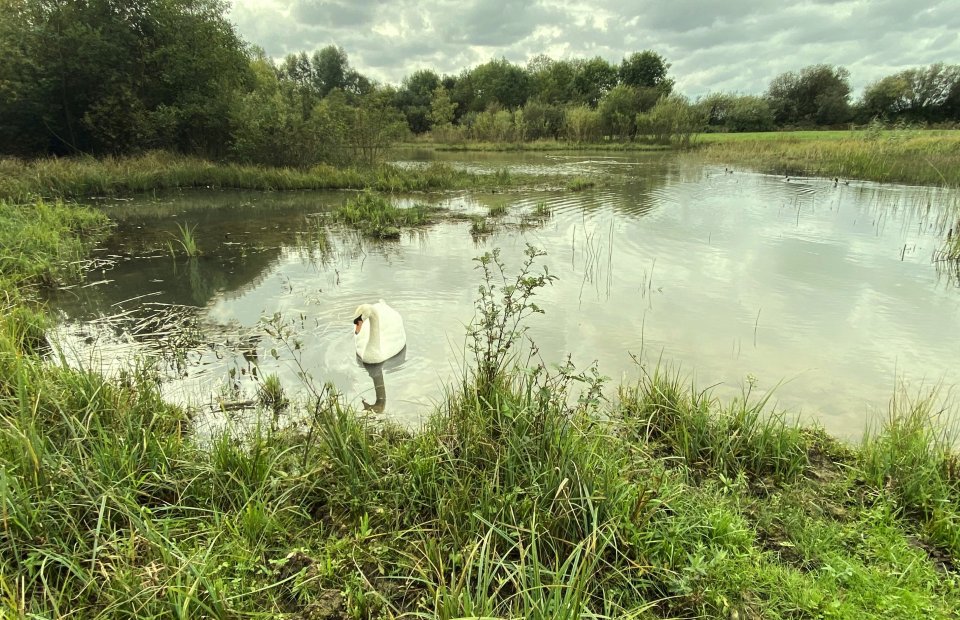
This pondscape of newly created ponds is located in a floodplain meadow on Thames Water's Farmoor Reservoir property, on the banks of the River Thames, near Oxford. It was designed by Freshwater Habitats Trust to maximise freshwater biodiversity and has been closely monitored as a partnership since its creation in 1990.
The results show the exceptional value of the site for wetland plants, aquatic invertebrates, mammals, reptiles and birds, maintained over 35 years.
- Developing climate change adaptation; improving risk management and resilience
- Improve connectivity and functionality of green and blue infrastructures
- Increase achievements of biodiversity targets
- Increase Biodiversity
- Increase quality and quantity of green and blue infrastructures
- Improve water quality
- Increase stakeholder awareness & knowledge about NBS
- Increase well-being
- Provision of health benefits
The results are transferable to other pond and wetland creation projects worldwide: particularly those in floodplain locations.
The Pinkhill pond complex provides clear evidence that it is possible to create new pondscapes of exceptional biodiversity value even when there are quite limited areas of land available. Here the initial pond complex of more than 40 ponds covered less than 3ha.
Design played an important part in the site's success: with high complexity introduced by including multiple ponds of different area, connectivity, depth and permanence (drying annually to fully permanent), water sources (groundwater and surface-water) and substrates (clay and gravel).
The pondscape shows the value of designs that result in naturally varied levels of cattle grazing and tree shade to maintain high biodiversity without needing extensive physical management.
Good water quality is critically important for maintaining pond biodiversity. The site shows that a range of factors including pond design, water source and site management can all be used to reduce the impact of moderate water pollution from river flooding on ponds.
